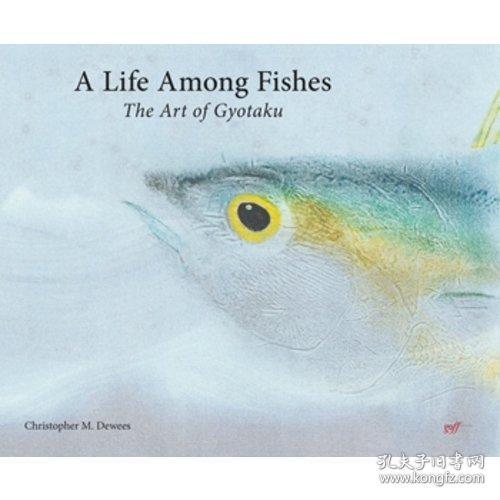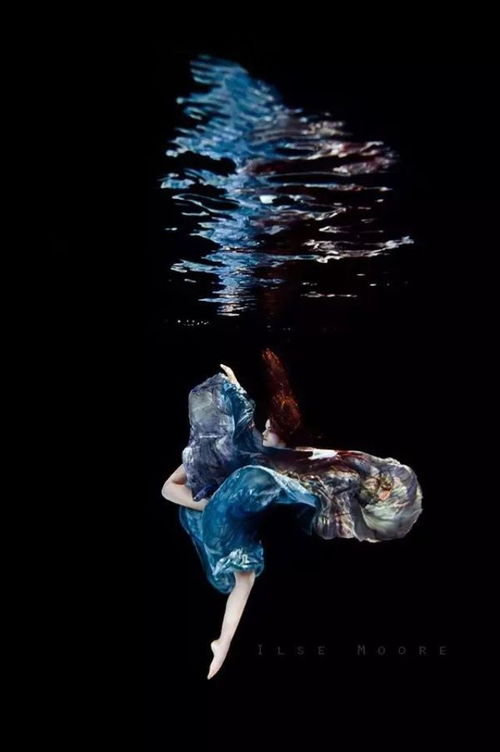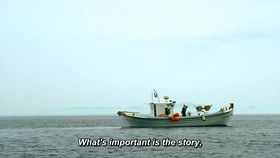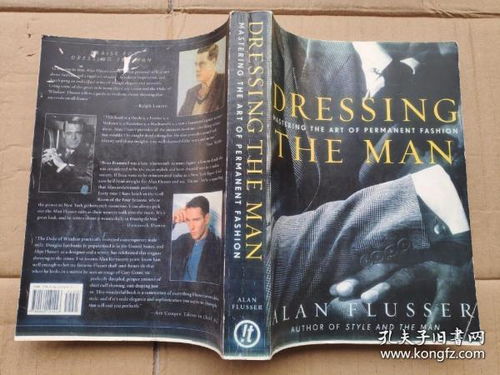Content:
Drift fishing is a popular and effective method for catching fish, particularly in rivers and streams. It involves allowing your bait or lure to be carried along with the current, mimicking the natural movement of insects or small fish that fish might eat. The key to successful drift fishing lies in understanding the flow of the water and presenting your bait in a way that entices fish to strike. In this article, we'll provide you with a step-by-step guide to drift fishing, complete with illustrations to help you visualize each technique.
Understanding the Water Flow
Before you start drift fishing, it's crucial to understand the flow of the water. This will help you determine the best spots to cast and how to present your bait. Here are some key points to consider:
Current Speed: Fish are more likely to bite when the current is moving at a moderate speed. If the current is too fast, your bait will move too quickly and may not attract fish. Conversely, if the current is too slow, your bait may not move naturally enough to entice a strike.
Deep and Shallow Areas: Fish often hang out in areas with different depths, such as shallow riffles and deeper pools. Casting into these areas can increase your chances of catching fish.
Obstacles: Obstacles like rocks, logs, and submerged branches can create pockets of slower-moving water where fish like to hide. These spots are excellent places to cast.
Choosing the Right Equipment
To successfully drift fish, you'll need the right equipment. Here's a list of essential gear:
Rod and Reel: A lightweight, medium-action rod with a spinning reel is ideal for drift fishing. The rod should be long enough to cast effectively and handle the weight of your bait.
Line: Use a monofilament line with a breaking strength of 6 to 12 pounds. This line is flexible enough to handle the currents and light enough not to spook fish.
Leader: Attach a 6 to 12-inch leader made of fluorocarbon line to your main line. Fluorocarbon is less visible to fish and sinks faster, which is beneficial in clear water.
Bait or Lure: Choose a bait or lure that matches the natural prey in the area you're fishing. Soft plastics, spinners, and streamers are popular choices.
Step-by-Step Drift Fishing Technique
Now that you have the right equipment, let's go through the step-by-step process of drift fishing:
Find a Good Spot: Look for a spot where the current is moderate and there are fish-holding areas, such as shallow riffles, deeper pools, or areas with obstacles.
Cast Your Bait: Cast your bait upstream of the area you want to fish. The current will carry your bait downstream, allowing it to pass through the desired area.
Adjust Your Bait: As your bait drifts, keep it in a natural, lifelike motion. You can do this by twitching the rod tip or by using a retrieves technique that mimics the movement of the prey.
Set the Hook: When you feel a tug or a nibble, set the hook quickly and firmly. Don't wait for a hard pull, as fish often take a gentle bite when drift fishing.
Play the Fish: Once you've set the hook, play the fish gently but firmly. Don't fight it too much, as this can spook other fish in the area.
Land the Fish: Once the fish is close to the boat, land it gently and carefully. Handle the fish with care to ensure its survival.

Illustrations
To help you visualize the drift fishing technique, we've included illustrations below:
[Insert illustrations showing the drift fishing process, including casting, adjusting the bait, setting the hook, playing the fish, and landing the fish.]
Conclusion
Drift fishing is a rewarding way to catch fish, and with the right technique and equipment, you can increase your chances of success. By understanding the water flow, choosing the right gear, and following the step-by-step process outlined in this article, you'll be well on your way to becoming a proficient drift fisherman. Happy fishing!












